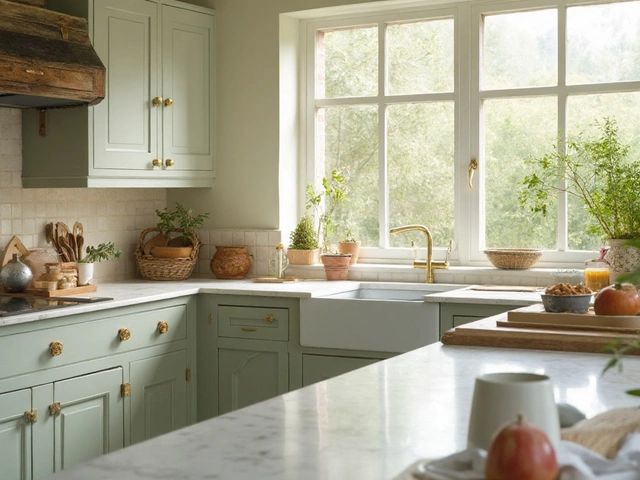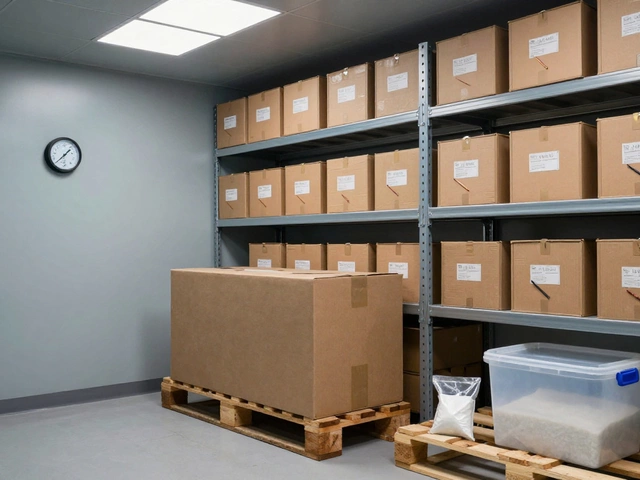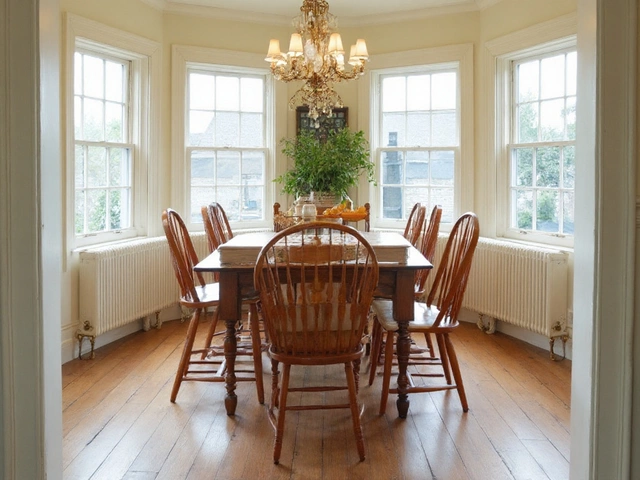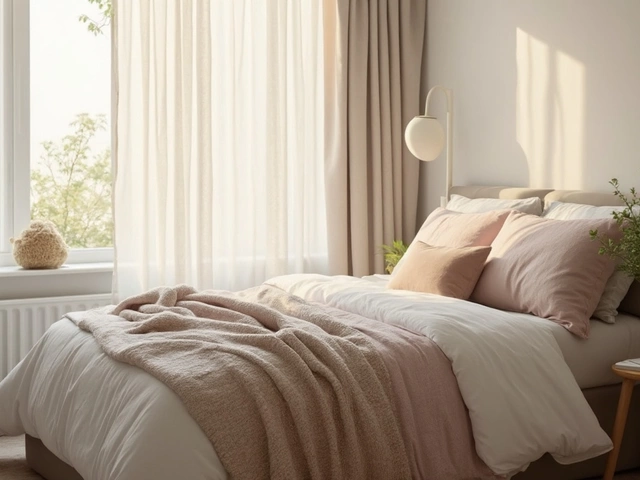
Imagine if all it took to unlock a bigger house was a staircase and a little creative thinking. Tired of bumping elbows in the living room? Dreaming of a second bathroom, that home office, or just some actual space for your treadmill? The answer might be right above your head—in your loft. Demand for loft conversions in the UK has soared in the last few years, mostly because moving house is just plain expensive (those stamp duty fees burn, don’t they?). Plus, with house prices stratospheric in 2025, people want more space without the headache of buying fresh. But here's the big question: what's the actual average loft conversion cost these days?
What Drives the Average Cost of a Loft Conversion?
The price tag for converting your loft is anything but one-size-fits-all. First, the type of loft conversion steers the total cost more than anything else. Got a basic loft with decent pitch and enough headroom? A simple rooflight conversion—think Velux windows and minimal structural change—could just be your cheapest ticket, with prices floating from £25,000 up to £35,000 for a typical 20-25m² space. But the moment you sneak beyond this, things get spicier.
Dormer conversions, the UK's favourite, require building an extension outwards from the existing roof, gifting you that glorious, full-height real estate and more usable space. With this, expect average costs in 2025 to swing between £38,000 and £60,000 depending on the size and the finish you’re after. It’s not unheard of for more elaborate or London-based projects to top £80,000, especially if you crave full en-suite bathrooms, custom cabinetry, or pricey windows.
Mansard and hip-to-gable conversions crank things up further—these involve serious changes to the roof shape and structure, typically on terraced or end-of-terrace homes. The extra engineering and the planning permission dance mean averages from £55,000 to £85,000. If the build creeps over 30m² or you bolt on ‘musts’ like a Juliet balcony or underfloor heating, don’t be surprised if the budget balloons toward £100,000.
Curious what’s behind these numbers? Here’s a table summing up average 2025 UK costs for each main type:
| Type of Loft Conversion | Average Cost (2025, UK) | Space Added |
|---|---|---|
| Rooflight/Velux | £25,000 - £35,000 | 20-25m² |
| Dormer | £38,000 - £60,000 | 25-35m² |
| Hip-to-Gable | £55,000 - £75,000 | 30-40m² |
| Mansard | £65,000 - £85,000+ | 35-50m² |
Keep in mind, these figures include labour, standard design, basic insulation, and electrics. But high-spec features—skylights, luxury bathrooms, or smart home wiring—will bump things up fast. Regional pricing shifts are a wild card too: think 10-20% higher in London and the South East. Labour shortages and longer lead times are the new normal in 2025, nudging loft conversion prices up about 8% compared to just two years ago.
Hidden Costs: What Surprises Homeowners Most?
Budgeting for a loft conversion isn’t just picking a contractor, shaking hands, and waiting for miracles. Ask anyone who’s done it—unexpected costs pop out like rabbits in spring. One big issue is discovery: what lurks above your ceiling can spring a nasty surprise. For instance, if the existing roof beams or joists are undersized (which is common in 1930s builds), expect to pay an extra £2,000 to £5,000 for reinforcement. Older houses often hide asbestos, and professional removal starts at £1,200 for a basic job, soaring upwards if it’s more widespread.
If your home isn’t detached, party wall agreements with your neighbour may cost £1,000 to £2,000 per neighbour (solicitors don’t come cheap). Structural engineer reports, while less glamorous than stylish pendant lights, are another typical extra. For a straightforward dormer conversion, factor in £800-£1,500 for all the calculations and sign-offs.
Don't forget the permissions: while Permitted Development covers most straightforward projects, the minute you push boundaries (think: pushing the roof up, building out the back, or living in a conservation area), planning permission fees and the headache of extra drawings send bills up by £1,500-£3,000. Building control inspections, while standard, can trigger more fees, especially if remedial works or changes crop up mid-build.
Then you’ve got finishing costs. Flooring, lighting, custom storage, and new staircases alone can add £4,000-£10,000. Plumbing and fitting out a full en-suite—especially if you want something flashier than a B&Q bargain—often lands in the £7,000-£12,000 zone, especially if you need boosted water pressure or a pumped shower, which is common with attic installs.
Watch out for the living situation too. Can’t stick around during heavy works? Budget short-term accommodation—think £1,500 per month, especially around big cities. Even if you and your dog Bruno are great at dodging tradesmen, the dust and disruption can be too much. Protect your sanity (and your pup’s ears) by planning for a short hiatus if things get noisy.
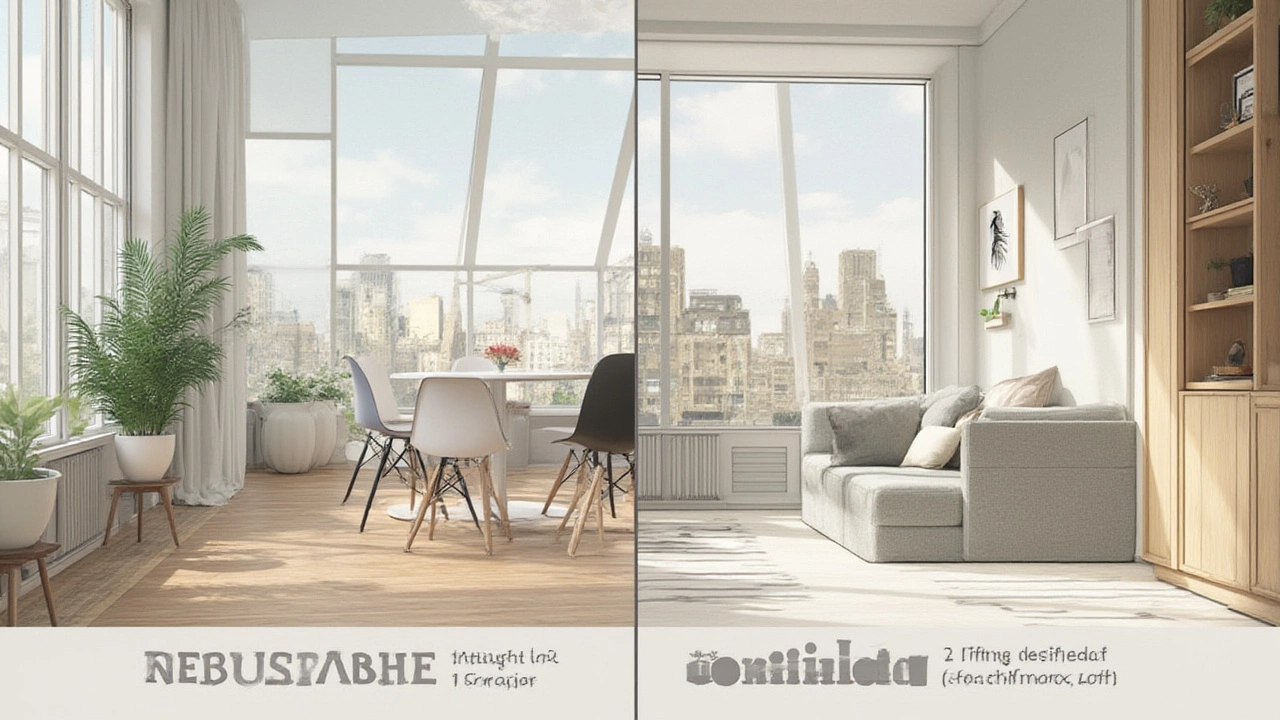
Tips to Keep Loft Conversion Costs Down
It's tempting to splurge, but every pound saved leaves money for things you actually want—be it furniture, holidays, or even that home cinema you’ve been eyeing. The first trick? Design around what’s already there. If your attic has headroom over 2.2m, a simple conversion makes everything faster and cheaper. Adding bathrooms and complicated plumbing? Try to stack new pipework over existing stacks—less pipe equals fewer holes in your budget (literally and figuratively).
Source fixtures and fittings yourself, rather than leaving this to builders who mark up heavily. You’d be surprised at what you can find in online clearance sales or ex-display showrooms—high end doesn’t always mean high price. Energy savings are another smart move: up-spec your insulation beyond the minimum. It costs a bit extra up front, but in a few years, the savings on your bill will more than pay for it. The latest government Green Home Grant (announced again for 2025) promises up to £5,000 off energy efficiency upgrades, so that’s worth checking if your contractor is registered.
Pitching builders against each other works—three detailed quotes is the absolute minimum. Don’t just compare totals; poke into what’s included or excluded. Some nice-sounding low prices leave out essentials like building regs, skips, or scaffolding. If extras are marked as ‘TBC’ or not mentioned, expect the final bill to sneak up. Above all, don’t pay more than 10% deposit up front and never hand over full payment till you’re actually happy with the result.
Another tip? Book early and be patient. Post-pandemic, the best trades are booked months ahead. A rushed project or last-minute panic hire is a recipe for paying over the odds (and missing out on the best teams). If the builder tells you a job is “no problem” when others say it's fiddly, have them walk you through their exact process—often, “easier said than done” hides unseen costs later on. Use social proof: ask for real photo evidence of their recent builds, and check Google reviews, not just their own website testimonials.
Is a Loft Conversion Worth It in 2025?
All told, a loft conversion isn’t just about creating more elbow room. It’s one of the best returns on investment (ROI) in home improvement—nationwide figures show a well-designed loft conversion can bump up your property value by 12% on average. If you’re living in urban hotspots like London, Manchester, or Bristol, that can mean £60,000 or more added to your home's price, sometimes eclipsing the cost of the conversion itself.
But, the market is more cautious now. Since early 2024, estate agents have noticed that buyers don’t just want ‘any old’ extra bedroom—they’re quickly turned off by cramped layouts or poor lighting. Natural light and cleverly designed storage carry weight. Building with future value in mind (think: adding bathrooms, making sure staircases are safe and legal, picking neutral finishes) can mean the difference between a box-checking conversion and one that actually wows on the viewing day.
Planning for multi-use flexibility is smart, too. With so many people working from home part-time, buyers see double value in spaces that can moonlight as offices, gyms, or even mini Airbnbs. Some new research from UK property portals reveals over 50% more search interest for homes with proper loft conversions than comparable houses without—so the demand is very real.
What about the lived experience? The daily joy of a new, light-filled loft room, or a chill spot to escape barking (sorry Bruno), is hard to overstate. But set realistic expectations: no home improvement is totally stress-free. Build noise, the risk of overrunning budgets, and a bit of dust in your cornflakes are almost guaranteed. Yet, in exchange, you get the kind of functional upgrade that makes a house feel made for you—without the horror of a house move or the stress of new neighbours.
So, while you should definitely check your numbers and sidestep any shady contractors, adding an extra room (or two) via a loft conversion is still one of the sharpest moves a UK homeowner can make in 2025—whether you need an extra bedroom now, a home office, or just a place to hide when your relatives descend unannounced.
